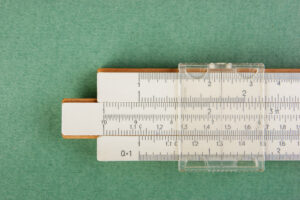
Last week the US Census Bureau reported that the official poverty rate in Westchester increased by a negligible amount from 9.2% in 2021 to 9.3% in 2022. They reported that the child poverty rate actually decreased from 11.2% to 10.6%.
We here at Westchester Children’s Association are not celebrating the news.
First, there is still evidence that our youngest are still suffering from poverty. The Westchester poverty rate for children under five increased from 9.5% to 11.7% between 2021 and 2022, an increase of two percentage points. Although this change is not statistically significant, it is still great cause for concern.
Second, the Supplemental Poverty Measure, a more nuanced and comprehensive measure which is also produced by the Census, paints a much different portrait of national poverty which contradicts the official numbers released around the same time. The national Supplemental Child Poverty more than doubled, from 5.2% in 2021 to 12.4 percent in 2022.
It has become abundantly clear that the official poverty measures are a flawed concept based on outdated ideas of what qualifies as a necessary expense. Nearly eight years ago, we wrote a blog post detailing its flaws. Unfortunately, we are still telling the same story today.
We here at Westchester Children’s Association have started collecting our own data from our community partners that will tell a much more current and relevant story of what Westchester poverty looks like today. We will be highlighting that data in the 2023 Children By the Numbers Data Bulletin, which will be released on November 8, 2023. “Our data bulletin shows the increased cost of living makes it difficult for many Westchester families to make ends meet with housing grabbing the largest percentage of take-home dollars.” Allison Lake, ED
Our guest blogger Brett Amdur has also been looking at child poverty data from various angles as part of a three part series (Part I – Westchester Income Diversity and Part II – Poverty and Hardship in Westchester are already published) is so relevant to this conversation, Amdur notes ”many additional households suffer from significant hardship even if they are above the poverty line”. (Part III will be released at a later date.)
Third, the expiration of the 2021 Child Tax Credit meant that more children in the US and therefore Westchester experienced poverty when they didn’t have to. According to the Center on Budget and Policy Priorities, “One of the largest causes of this year’s jump in children’s poverty was the expiration of the 2021 Child Tax Credit expansion. Renewing this 2021 credit would have kept about 3 million children above the poverty line in 2022…avoiding more than half of the actual jump in the child poverty rate.”
Clear data AND clear policies are needed to eradicate poverty in Westchester and beyond. We here at the Westchester Children’s Association advocate for both. We are pushing for the New York’s Empire State Child Tax Credit, which recently expanded to include children and babies 0-4, to become a more effective instrument for fighting poverty by removing barriers that prevent the lowest income families from accessing the credit. We hope that you join us in the fight to make sure that all children and youth in Westchester have equal opportunities for success regardless of race or income.


